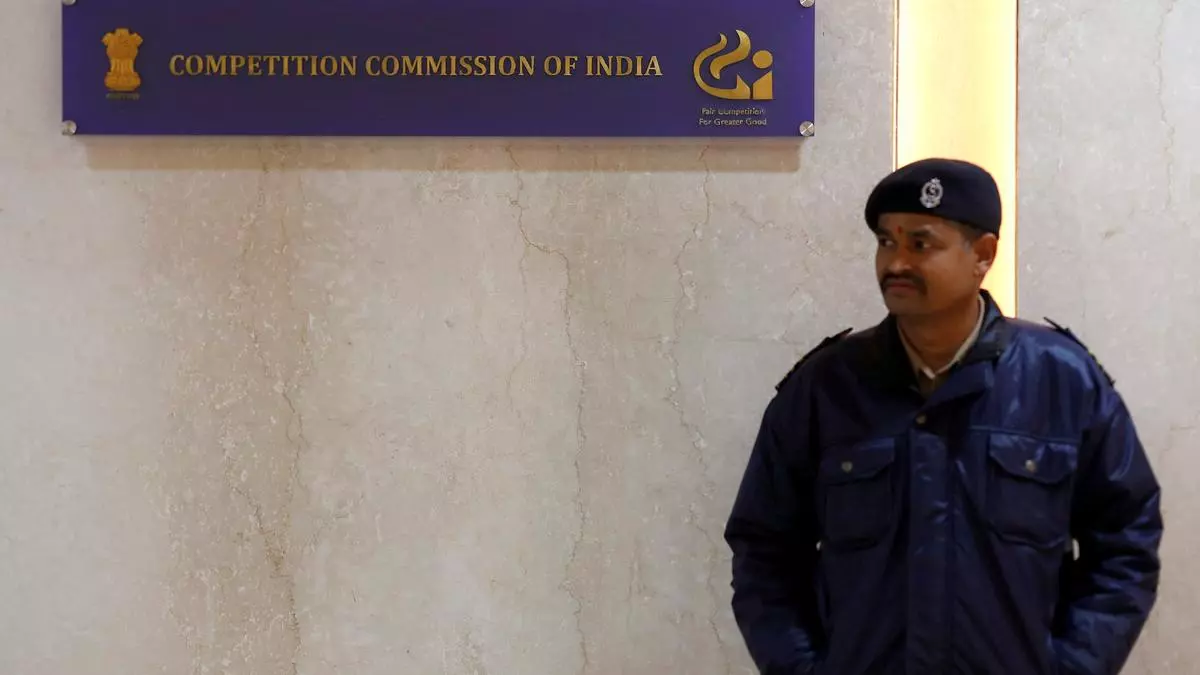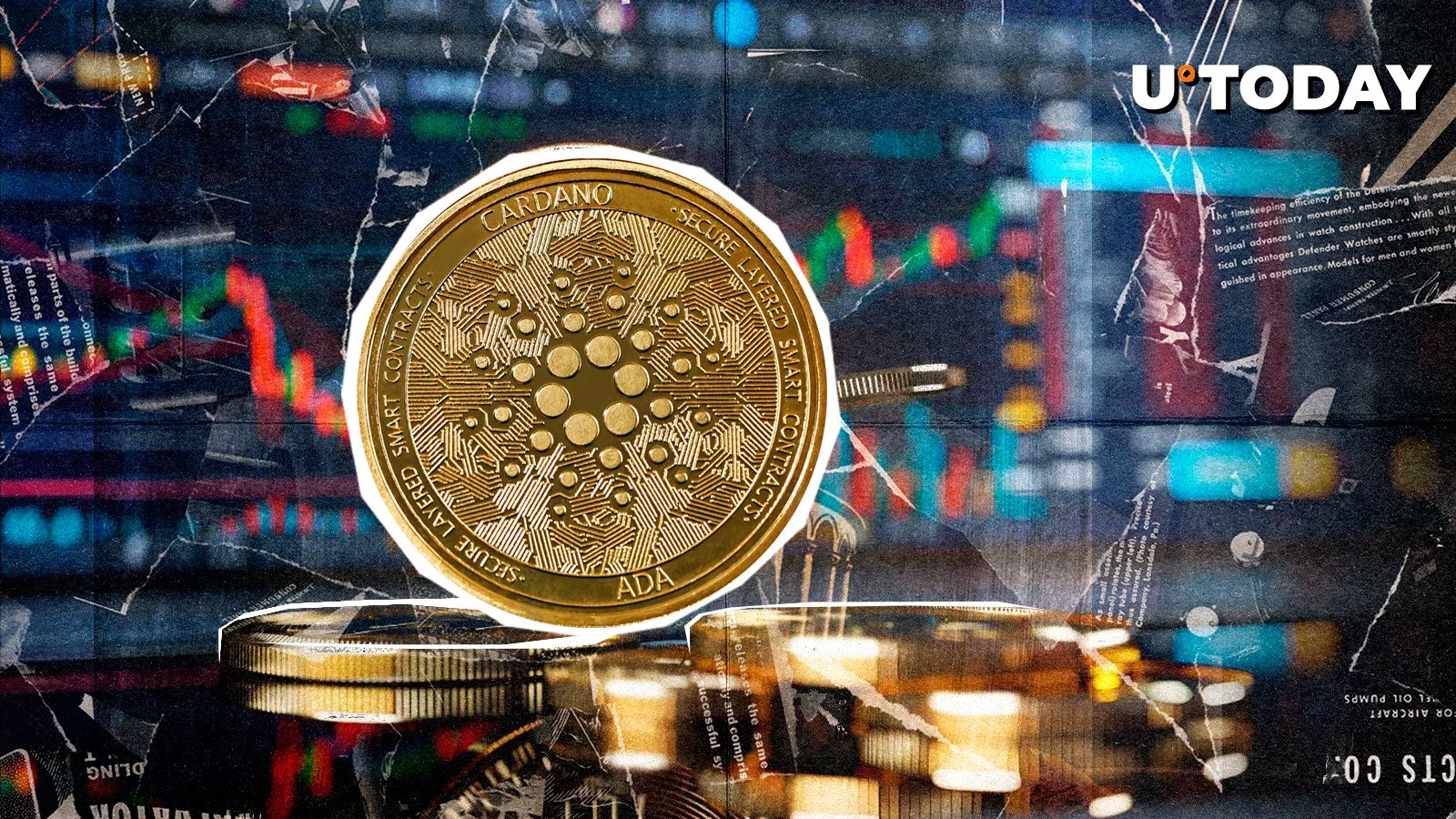Thiruvananthapuram
World Tsunami Awareness Day (November 5) presented a moment of reflection 20 years on from catastrophic Indian Ocean Tsunami of 2004 that resulted in 2.25 lakh fatalities across 14 countries and emphasised the urgent need for effective tsunami preparedness.
It led to the establishment of Indian Ocean Tsunami Warning and Mitigation System that serves 27 Indian Ocean Basin countries. Initiatives such as ‘UN Secretary-General’s call for Early Warnings for All’ aim to make these systems inclusive and accessible to all, further strengthening collective resilience.
Lead time available
Hawaii-based Pacific Tsunami Warning Centre that operates in the Pacific Ocean was aware of the mega event unravelling in the Indian Ocean. A lead time of two hours was available before the tsunami could potentially strike – as it eventually did – coasts of India, Sri Lanka, and Thailand. The disaster would have been mitigated if there had been an effective warning system in place.
Japan experience
But a recent experience from quake-prone Japan, known for its culture of preparedness to mitigate effects of these disasters, is instructive. A magnitude 7.1-Mw quake off the coast of Kyushu on August 8, 2024, prompted an advisory indicating an increased likelihood of a mega quake. The advisory expired on August 15, 2024. Fortunately, the shaking that intervened was not severe, causing some damage and a modest 0.5-metre tsunami, but no casualties.
Early warning system
In any case, a multi-hazard early warning system is crucial for mitigating risk from various natural hazards, including tsunamis, notes Sanjay Srivastava, Chief, Disaster Risk Reduction, UN-ESCAP. It provides timely alerts to protect lives and reduce economic damage from extreme geophysical and climate events occurring individually, simultaneously, or sequentially.
Makran zone scan
It is noteworthy that India, Iran, Pakistan, the UAE and Oman have collectively developed a unified Probabilistic Tsunami Hazard Assessment with respect to a perceived threat in the Makran subduction zone. This is now being used to help enable evacuation planning and activation of national tsunami warning chains within a matter of 20 minutes, Srivastava explained to businessline.
- Also read: Brent crude price saw 3% decline in 2024 on China economic worries, higher supplies
From global to local, tsunami warning systems should represent a seamless value chain. For instance, the Indian and Pacific Ocean capacity assessment covers all aspects of existing tsunami warning and mitigation systems as well as identifies targeted areas for improvement from upstream to downstream.
Assessment summaries
Assessments and companion summaries for policy and decision makers are being published in line with the 20th commemoration of the Indian Ocean tsunami events (2024) and the 60th anniversary of the 60th anniversary of the Pacific Tsunami Warning System (2025). This effort is being piloted by the Intergovernmental Oceanographic Commission-UNESCO with support from the ESCAP Trust Fund for Tsunami, Disaster, and Climate Preparedness; the Asian Development Bank; the Swiss Agency for Development and Cooperation; and Ministry of Foreign Affairs and International Cooperation, Italy.
Tsunami threat resilience
Current level of adaptation finance falls short of what is needed for transformative adaptation, Srivastava noted. Investments made in preparedness are far more cost-effective than spending after a disaster especially since climate change continues to exacerbate effects of disasters including those geophysical in origin (tsunamis).
Disaster risk financing needs to be dramatically increased and financing mechanisms scaled up. Progress has been made in regionally active tsunami warning and mitigation systems, but continued investments in the region’s multi-donor coordinated Trust Fund is essential to ensure that Asia and the Pacific remains resilient to future tsunami and climate related threats.








Leave a Comment